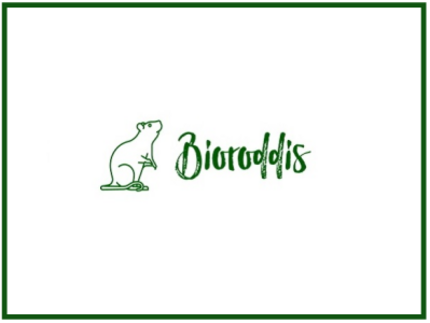Rodent biodiversity and rodent-born diseases
Managing biodiversity in forests and urban green spaces - dilution and amplification effects of rodent microbiome and rodent-borne diseases
The project aims at elucidating the interrelations between wildlife biodiversity and dynamics of zoonotic disease at local and European scales using standardised assessments. Recently identified new key research directions will be implemented to addressed these issues: 1) interactions among multiple infectious agents on a multi-pathogen level, 2) the simultaneous consideration of the biotic environment (microbiome) in interaction with multiple pathogen diversity levels, 3) the influence of temporal dynamics, including climate change scenarios, and 4) the integration of socio-economic contexts.
We will focus on rodent-borne disease dynamics in European temperate forests and urban green spaces. Small mammals, especially rodents, are important reservoirs for the transmission of infectious diseases; forests and urban green spaces are environments where rodents are abundant, human-wildlife interactions are likely occur, and efforts are undertaken to preserve biodiversity. Using small mammal sampling and large pathogen and microbiome community investigation, we will establish an up-to-date, open, comprehensive database of rodent-borne pathogens circulating in western-central European countries. Eco-epidemiological approaches will improve our understanding of microbial interactions and the processes that influence pathogen transmission within rodent populations. Moreover, we will develop mathematical models based on our data to analyse the influence of spatiotemporal scales as well as pathogen-microbiome interactions on the relationships between biodiversity and diseases. We will forecast, through cutting-edge mathematical modelling, what could be the impact of biological conservation strategies on epidemiological patterns of zoonotic pathogens outbreaks. Throughout the project, sociologists will be at the core of partners interactions to help them establishing transdisciplinary collaborations with relevant stakeholders and designing effective knowledge exchanges with these latter. Overall, this project will provide proof-of-concept that joint strategies between public health and conservation biology programs can help to prevent emergence of zoonotic pathogens. Resulting data will be discussed with stakeholders to improve disease prevention policies by working on biodiversity management strategies as well as surveillance, training and awareness campaigns with active participation of all stakeholders.
The project is funded by the DFG (national funding agency) within the EU-Biodiversa programs and runs 2020-2022.
It is carried out by a consortium led by Nathalie Charbonnel (INRA, Montpellier, France) with other partners from IRD (Montpellier, France), Irstea (Grenoble, France), Institute of Technology (Ireland), Medical University of Gdansk (Poland), University of Antwerp (Belgium) and University of Potsdam.
Publications
Arpin I, Massart C, Bourret V, Castel G, Colombo VC, Eccard JA, Firozpoor J, Grzybek M, Henttonen HA, Leirs H, McManus A, Roche B, Sironen T, Sluydts V, Stuart P, Zintl A, Charbonnel N (2024) Achieving inter- and transdisciplinarity in Ecohealth: insights from a rodent-borne disease project in a polycrisis era. Front Vet Sci 11. https://doi.org/10.3389/fvets.2024.1235183
Related links
- Project site in BiodivERsA brochure (PDF, 243 KB)

